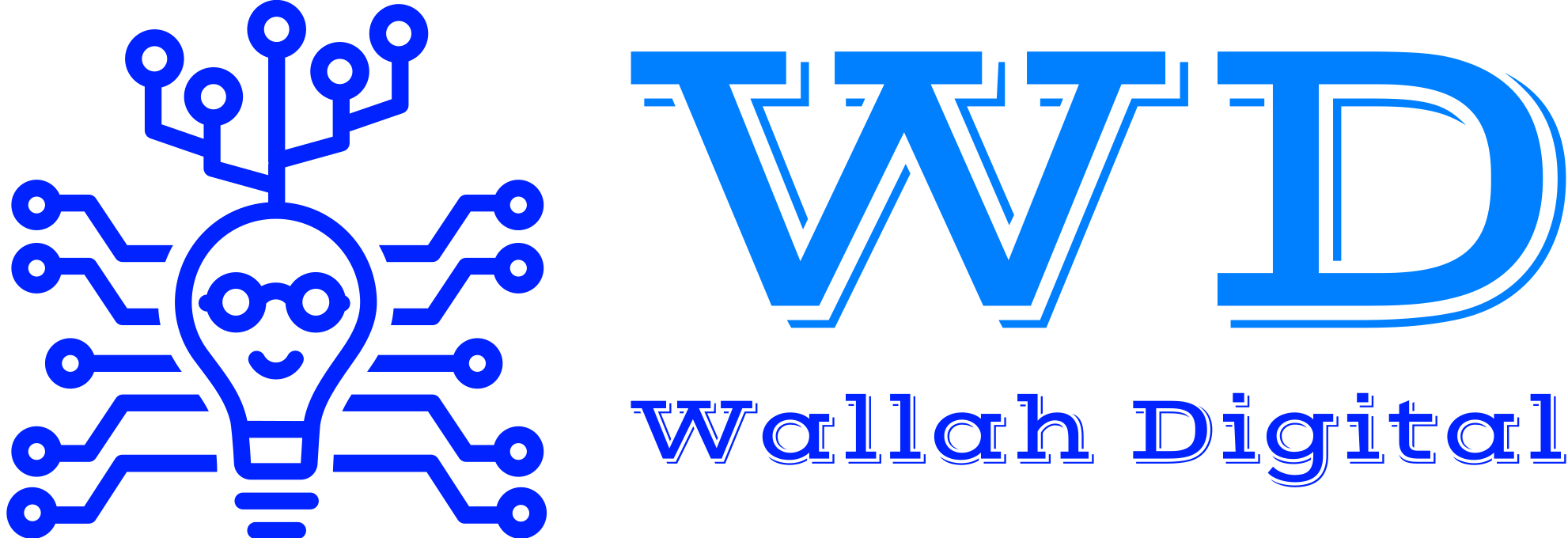Introduction:
In the world of web development, choosing the right stack can significantly impact the success and efficiency of your project. One of the most popular and powerful stacks in recent years is the MERN stack. MERN, which stands for MongoDB, Express.js, React.js, and Node.js, provides developers with a robust and flexible environment for building modern web applications. In this blog post, we’ll delve into the fundamentals of MERN stack development, exploring each component and how they work together seamlessly to create dynamic and scalable web applications.
Understanding the Components of MERN stack:
- MongoDB:
MongoDB is a NoSQL database that stores data in JSON-like documents. Its flexibility and scalability make it an ideal choice for modern web applications where data structures may evolve over time. With MongoDB, developers can easily store and retrieve data without the need for complex SQL queries, making development faster and more efficient. - Express.js:
Express.js is a minimal and flexible Node.js web application framework that provides a robust set of features for building web and mobile applications. It simplifies the process of handling HTTP requests, routing, and middleware integration, allowing developers to focus on building core application logic. Express.js seamlessly integrates with MongoDB, making it easy to build RESTful APIs for interacting with the database. - React.js:
React.js is a JavaScript library for building user interfaces, developed by Facebook. It allows developers to create reusable UI components that can be easily composed to build complex user interfaces. React.js follows a component-based architecture, which promotes code reusability, maintainability, and scalability. Its virtual DOM implementation ensures optimal performance by minimizing DOM manipulation and re-rendering only the necessary components. - Node.js:
Node.js is a JavaScript runtime built on Chrome’s V8 JavaScript engine. It allows developers to run JavaScript code on the server-side, enabling full-stack JavaScript development. Node.js provides a non-blocking, event-driven architecture that makes it suitable for building highly scalable and real-time applications. With Node.js, developers can easily handle concurrent connections, perform asynchronous I/O operations, and build RESTful APIs using frameworks like Express.js.
Building a MERN Stack Application:
Now that we have a basic understanding of each component, let’s explore how they work together to build a MERN stack application. Here’s a step-by-step guide to get you started:
Set up your development environment:
- Install Node.js and npm (Node Package Manager) on your machine.
- Install MongoDB and set up a local or remote database instance.
- Set up a new project directory and initialize a new Node.js project using npm.
Create the backend with Node.js and Express.js:
- Define routes for handling HTTP requests (GET, POST, PUT, DELETE).
- Connect to the MongoDB database using Mongoose or native MongoDB driver.
- Implement CRUD operations for interacting with the database.
- Configure middleware for handling authentication, error handling, etc.
Build the frontend with React.js:
- Set up a React.js project using create-react-app or a custom webpack configuration.
- Create reusable UI components for different parts of your application.
- Use React Router for client-side routing and navigation.
- Fetch data from the backend API using HTTP requests (e.g., fetch, axios).
- Implement state management using React Context API or Redux for managing application state.
Connect the frontend and backend:
- Proxy API requests from the front end to the back end during development.
- Deploy both the frontend and back end to a hosting provider (e.g., Heroku, AWS, Firebase).
- Ensure proper CORS configuration to allow cross-origin requests between the frontend and backend.
Conclusion:
MERN stack development offers a powerful and flexible environment for building modern web applications. By leveraging the strengths of MongoDB, Express.js, React.js, and Node.js, developers can create dynamic and scalable applications with ease. Whether you’re building a simple CRUD app or a complex real-time application, mastering the MERN stack will undoubtedly enhance your development skills and enable you to tackle a wide range of projects. So, roll up your sleeves, dive into the world of MERN stack development, and unleash your creativity!

